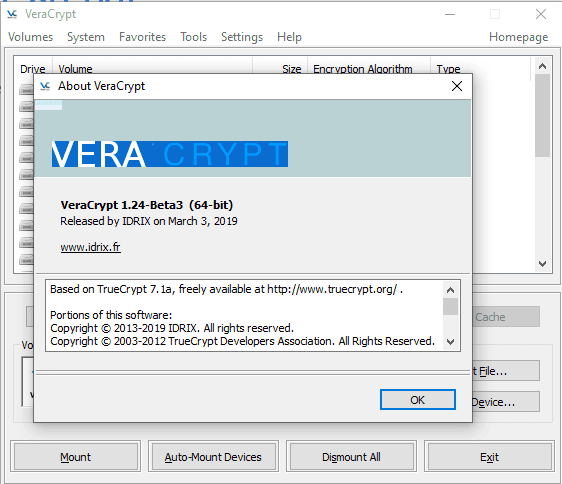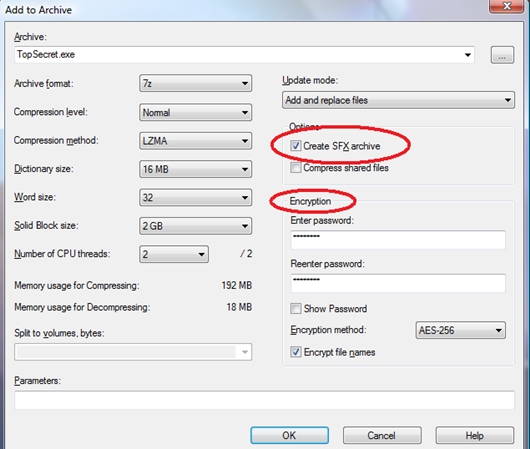

- #Best encryption software for windows 10 harder to decrypt how to#
- #Best encryption software for windows 10 harder to decrypt install#
- #Best encryption software for windows 10 harder to decrypt pro#
- #Best encryption software for windows 10 harder to decrypt code#
Download and install Hasleo BitLocker Anywhere. Hasleo BitLocker Anywhere is the world's first and only third-party BitLocker solution for Windows which can help you Decrypt BitLocker Encrypted Drive in Windows. Tutorial to Decrypt BitLocker Encrypted Drive in Windows. In this guide, we'll walk you through the steps to decrypt a BitLocker encrypted drive in Windows by using Hasleo BitLocker Anywhere, Windows built-in BitLocker decryption tool, and Windows PowerShell. In such case, you have to use Hasleo BitLocker Anywhere, which can help you decrypt the BitLocker encrypted drives in any edition of Windows 11/10/8/7.
#Best encryption software for windows 10 harder to decrypt pro#
However, if you are using Windows 11/10/8/7 Home editions or Windows 7 Pro edition, you will not be able to use Windows PowerShell and Windows PowerShell or Windows built-in BitLocker decryption tool to decrypt a BitLocker Encrypted Drive because Microsoft does not provide decryption feature in these editions of Windows.

You can also run a complete scan.Are you looking for a solution to decrypt BitLocker Encrypted Drive in Windows? If you are using Windows 11/10/8/7 Enterprise editions or Windows 10 Pro edition, you can use Windows PowerShell or Windows built-in BitLocker decryption tool to decrypt a BitLocker Encrypted Drive. Windows Defender will quickly scan your PC for problems. Next, click on Virus and Threat Protection > Quick Scan. From there, click on the Open Windows Defender Security Center. To get started, open the Settings > Updates & Security > Windows Defender. The guide will lead you to some ransomware decryption tools that can unlock your files again.įor removing regular malware, you should scan your PC with Windows Defender.
#Best encryption software for windows 10 harder to decrypt how to#
If you can't log in and you suspect that you’re dealing with ransomware, take a look at our guide on what ransomware is, and how to remove it. In this article, we’ll focus on malware that still allows you to log into your PC. Ransomware is a specific type of malware that blocks your access to the device or some particular information and then demands a ransom to unlock it. In a worst-case scenario, you're dealing with a ransomware attack. The above steps are all well and good if you encrypted your files to begin with, what if you didn’t carry out the encryption? Sometimes, a malware attack will encrypt your files without your permission to lock you out of your own documents. To decrypt a folder along with all the subfolders and files, use the following command, replacing "path" with the complete path of the folder you want to decrypt: cipher /d /s:"Path" To decrypt only the parent folder, type the following command: cipher /d “Path”
#Best encryption software for windows 10 harder to decrypt code#
Now it's time to run some code and decrypt your files. If you don't see the search bar, start typing and it should appear. To do this, type command prompt in the Start menu search bar and open the Command Prompt as an administrator. To get started, open an elevated Command Prompt.

Related: How to Use the Windows Command Prompt to Encrypt Files If you're on a different PC or you recently reinstalled Windows, you can't decrypt your files again. This works if you previously encrypted the file using the Cipher command, and you're using the exact same PC and copy of Windows as you did when you encrypted it. You can decrypt your encrypted files and folders on Windows with the Command Prompt, a command-line interpreter referred to as cmd.exe or cmd. Luckily, there are ways to recover such encrypted files. In fact, sometimes your files will get encrypted without permission, such as during a malware attack. And this is where you'll need decryption. But there's a caveat: you too might want to access these files in the future.

In today’s world of pervasive hacking and data theft, keeping your files encrypted is one of the few possible ways to protect them from being misused.


 0 kommentar(er)
0 kommentar(er)
